The Guadalupe River is more than just a popular spot for tubing and kayaking. It’s a fascinating natural wonder with a rich history and unique features that many people don’t know about. If you’re planning a visit or just want to impress your friends with some cool trivia, here are 14 facts about the Guadalupe River that you should definitely know.
1. Origin Of The River
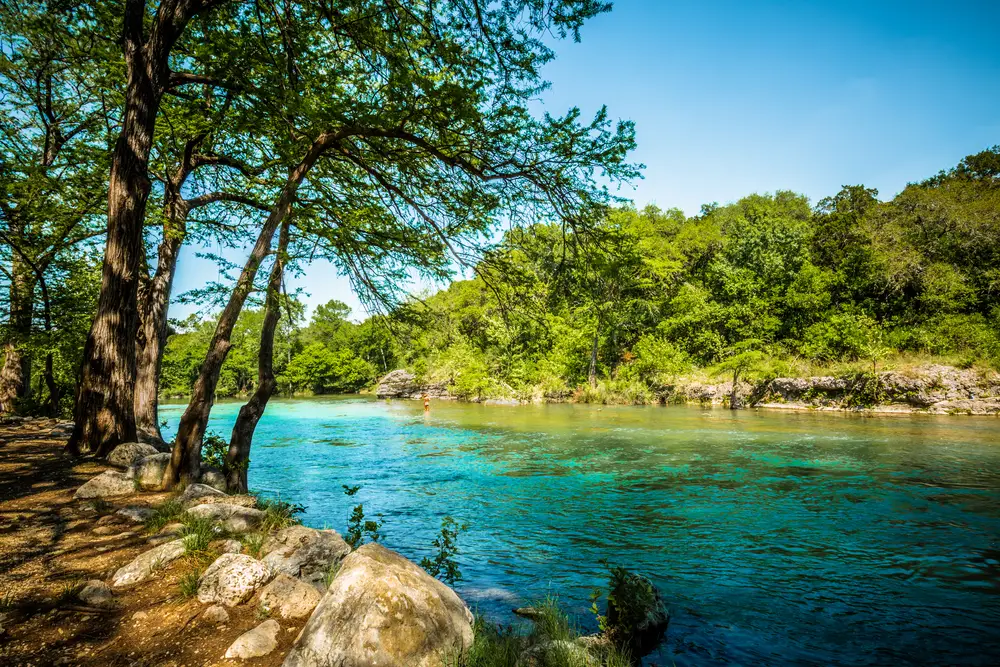
The Guadalupe River begins in the Texas Hill Country, specifically in Kerr County. It originates from the North and South Forks, which converge near the town of Hunt. The river then travels southeast towards the Gulf of Mexico. According to a study by the Texas Water Development Board, the river’s watershed spans an impressive 6,000 square miles. This vast area contributes to its significance as a major water resource in Texas.
As you follow the river downstream, you’ll notice how it changes. From the clear waters in the Hill Country to the more sediment-rich sections near the coast, it offers a variety of landscapes. Each section of the river provides different recreational opportunities. The upper sections are known for crystal-clear water and scenic beauty. Meanwhile, the lower sections are ideal for fishing and boating.
2. Historical Significance
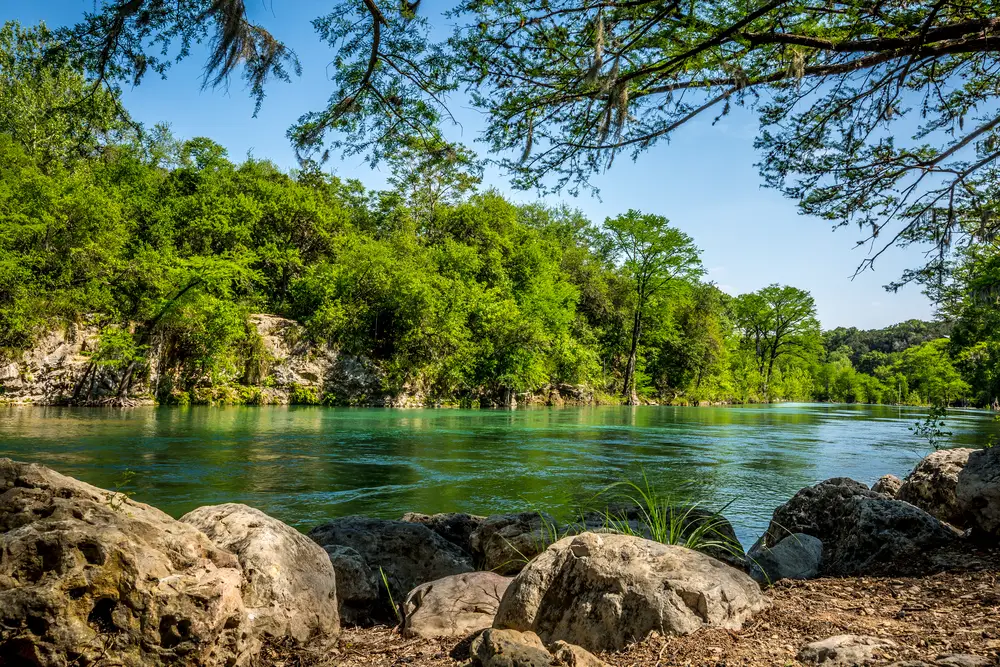
The Guadalupe River holds a special place in Texas history. Native American tribes, such as the Tonkawa and Lipan Apache, were among the first to settle along its banks. These communities relied on the river for water, food, and transportation. When Spanish explorers arrived, they recognized its importance and named it after Our Lady of Guadalupe. The river has continued to be a vital resource throughout Texas’s history, shaping the development of towns and communities along its path.
As settlers moved into the area, the river became a focal point for agriculture and industry. Mills and farms sprang up, taking advantage of the fertile soil and steady water supply. Over time, the river became a source of power for small industries. Today, it remains a key component of the local economy, supporting agriculture, tourism, and recreation. Its historical significance is celebrated in many of the towns along its route.
3. Wildlife Haven

The Guadalupe River is a thriving habitat for a wide variety of wildlife. Birdwatchers can spot species such as the Great Blue Heron and the Belted Kingfisher. The waters are home to various fish, including bass and catfish, making it a popular destination for anglers. Ecologist Dr. Laura Reed notes that the river’s diverse environment supports both aquatic and terrestrial ecosystems. This biodiversity is essential for maintaining the ecological balance of the region.
On the banks, you might encounter mammals like raccoons, deer, and even the occasional bobcat. The river’s flora is equally impressive, with cypress and pecan trees lining the water’s edge. These trees provide critical shade and habitat for many species. During migration seasons, the river becomes a corridor for birds traveling between North and South America. It’s a vibrant and dynamic ecosystem worth exploring.
4. Tubing Paradise

One of the most popular activities on the Guadalupe River is tubing. The calm, cool waters provide the perfect setting for a relaxing float on a hot summer day. Tubing has become a tradition for both locals and tourists, with several outfitters offering rentals and shuttles. The stretch between Canyon Lake and New Braunfels is particularly popular, offering scenic views and gentle currents. Whether you’re a first-timer or a seasoned floater, tubing on the Guadalupe is an experience you won’t forget.
While tubing is undoubtedly fun, safety is key. Make sure you wear a life jacket and know the river conditions before heading out. It’s also important to respect the natural environment and dispose of trash properly. Many sections of the river have regulations to protect the wildlife and ecosystem. By following these guidelines, you help ensure that the river remains a beautiful and accessible resource for everyone.
5. The Role In Flood Management
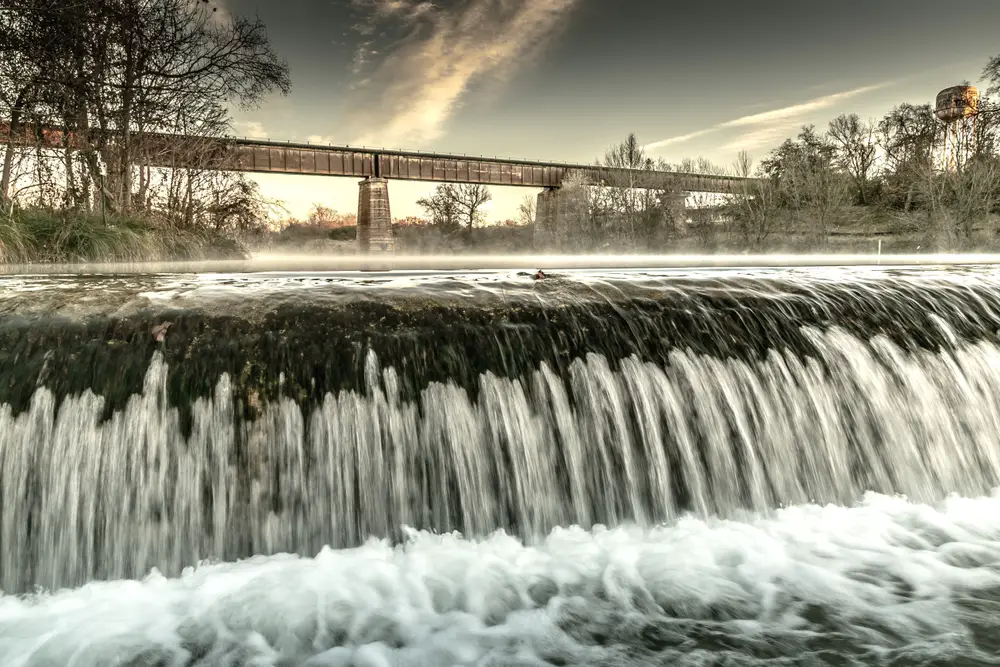
The Guadalupe River plays a crucial role in flood management for the surrounding areas. Its natural floodplain helps absorb excess water during heavy rains, reducing the risk of flooding in nearby communities. According to hydrology expert Dr. James Miller, floodplains are essential for mitigating the impact of severe weather events. The river’s ability to manage water levels is a critical component of local infrastructure. This makes it an integral part of regional planning and development.
Flooding can still occur, especially during hurricane season, when the river can rise rapidly. Local authorities have implemented flood control measures, including dams and levees, to help manage these events. Residents are encouraged to stay informed about flood risks and have emergency plans in place. The river’s flood management capabilities highlight the importance of respecting its power and potential. Understanding this aspect of the Guadalupe River is vital for anyone living near it.
6. Recreational Activities

Apart from tubing, the Guadalupe River offers a wide range of recreational activities. Kayaking and canoeing are popular ways to explore the river’s winding path. For those who prefer land-based activities, the river is surrounded by several parks and trails. These offer opportunities for hiking, picnicking, and wildlife observation. Whether you’re a thrill-seeker or someone who enjoys a peaceful day in nature, the river has something for everyone.
Fishing is another favorite pastime on the Guadalupe. The river is stocked with trout, and anglers can be found trying their luck year-round. Access points and boat ramps along the river make it easy to find the perfect spot. Many parks along the river offer rental equipment and guided tours for visitors. With so many options available, the Guadalupe River is a recreational hub that attracts people from all over.
7. Unique Geological Features
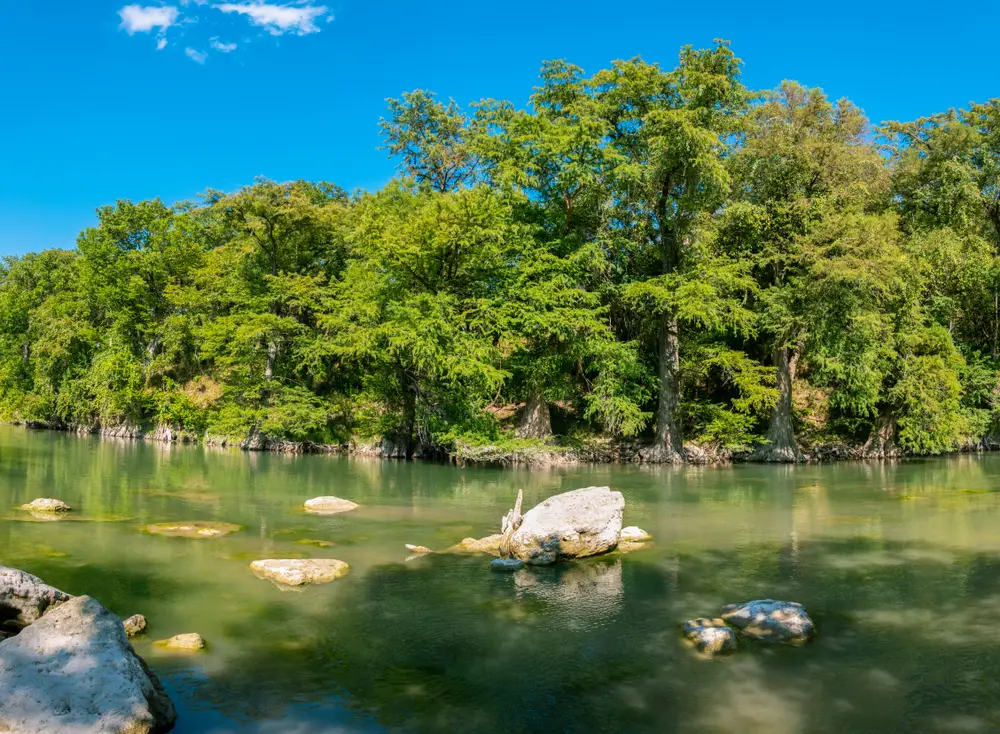
The Guadalupe River is surrounded by unique geological features that are worth exploring. The limestone formations found along the river’s banks are a result of millions of years of sediment deposition and erosion. These formations create a dramatic landscape that is both beautiful and intriguing. Professor Dr. Emily Carter explains that the Hill Country’s karst landscape is characterized by caves, sinkholes, and springs. This geological diversity adds to the river’s allure and provides insight into the region’s history.
While exploring the river’s surroundings, you might come across natural springs that feed into the river. These springs are essential for maintaining the river’s flow, especially during dry periods. The limestone also creates natural pools and rapids, adding to the excitement of water-based activities. The area is a paradise for amateur geologists and anyone interested in the natural sciences. Discovering these features is a thrilling way to connect with the river’s ancient past.
8. Conservation Efforts

Conservation efforts are crucial to preserving the Guadalupe River for future generations. Organizations and volunteers work tirelessly to protect the river and its ecosystems. Clean-up events, educational programs, and policy advocacy are just a few ways they contribute. By supporting these efforts, you can help ensure the river remains a vibrant and healthy environment. It’s a shared responsibility that requires cooperation from everyone who enjoys its resources.
Individual actions can also make a difference. Simple practices like reducing waste, recycling, and conserving water contribute to the river’s health. When visiting, be mindful of your impact on the environment. Follow Leave No Trace principles to minimize your footprint. By taking these steps, you actively participate in the conservation of this precious natural resource.
9. Cultural Events On The River
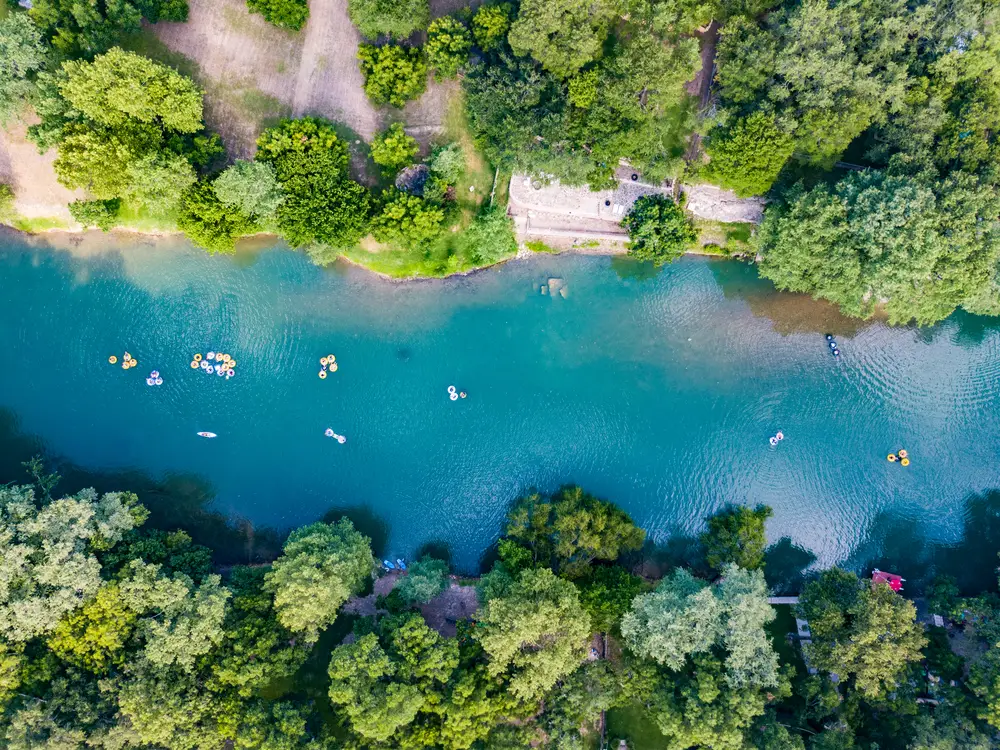
The Guadalupe River is host to a variety of cultural events throughout the year. These events celebrate the river’s natural beauty and the communities that thrive along its banks. From music festivals to local fairs, there’s always something happening. These gatherings offer a chance to experience the rich culture and traditions of the area. They also provide an opportunity to learn more about the river’s role in the community.
Participating in these events is a great way to connect with others who share your appreciation for the river. You’ll find artists, musicians, and vendors showcasing their talents and products. It’s a lively atmosphere that welcomes both locals and visitors alike. Many events also focus on environmental awareness, promoting sustainability and conservation efforts. By attending, you support the community and contribute to the river’s ongoing legacy.
10. Educational Opportunities
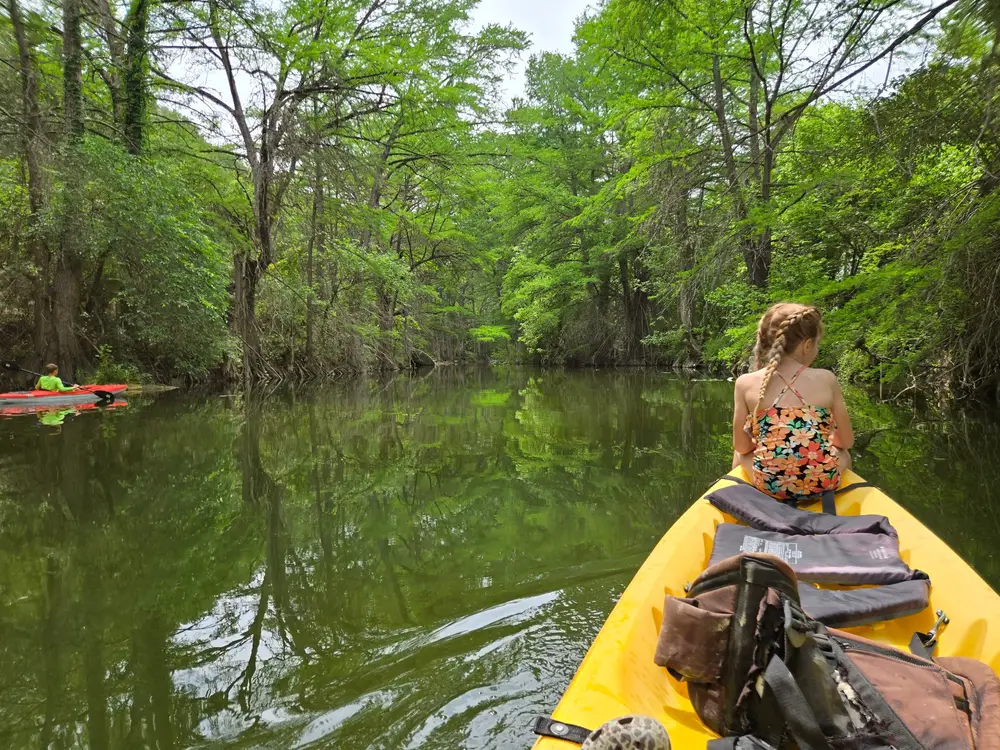
The Guadalupe River offers numerous educational opportunities for all ages. Schools and organizations often conduct field trips and workshops to explore the river’s ecosystems. These programs provide hands-on learning experiences in biology, ecology, and geology. They’re an invaluable resource for students and educators alike. The river serves as an outdoor classroom, bringing textbooks to life and inspiring curiosity.
For those interested in lifelong learning, there are plenty of resources available. Local environmental centers offer lectures and guided tours focusing on various aspects of the river. These programs cater to a wide range of interests and expertise levels. Whether you’re a beginner or a seasoned naturalist, there’s always something new to discover. Engaging with these opportunities deepens your understanding and appreciation of the river.
11. Mysteries Of The River
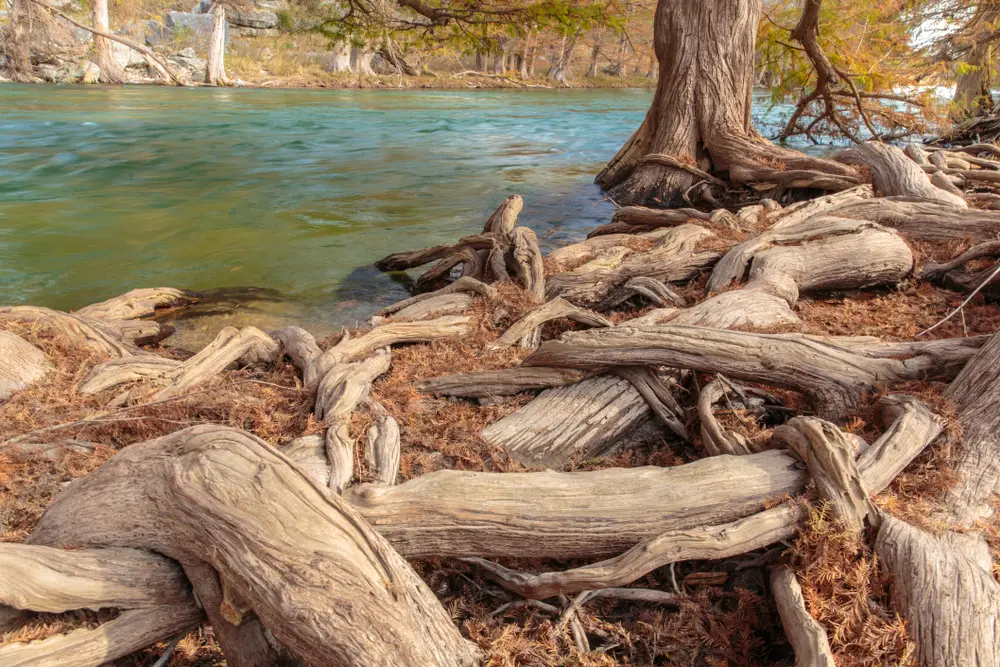
The Guadalupe River is shrouded in mysteries and legends that captivate the imagination. Some believe the river is home to ghostly apparitions and unexplained phenomena. Tales of haunted bridges and eerie sounds add a sense of intrigue to the area. While many of these stories are based on folklore, they add a layer of mystique to the river. Exploring these legends is a fun way to connect with the region’s cultural heritage.
Of course, the river’s true mysteries lie in its natural wonders. The complex interplay between geology, hydrology, and biology creates an ever-changing landscape. Scientists continue to study the river to unlock its secrets. From its hidden springs to its elusive wildlife, there’s always more to learn. The mysteries of the Guadalupe River invite you to explore with a sense of wonder and curiosity.
12. Seasonal Changes
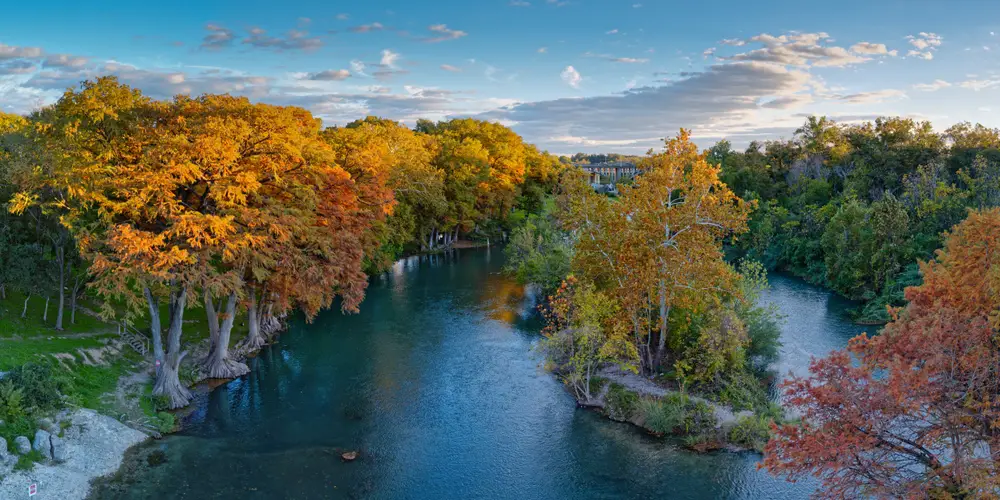
The Guadalupe River undergoes dramatic changes with the seasons. In the spring, the river is often swollen with runoff from melting snow and rain. This is the perfect time for adventurous kayakers and rafters looking for a thrilling ride. Summer brings warm temperatures and clear skies, making it ideal for swimming and tubing. As fall approaches, the landscape transforms with vibrant foliage, creating a picturesque setting for hiking and photography.
Winter changes the river’s character once again. While the water may be too cold for swimming, it’s a peaceful time to visit. The river is less crowded, offering solitude and tranquility. Some sections are open for fishing, attracting anglers seeking a quieter experience. Each season brings its own unique charm, inviting you to appreciate the river’s dynamic beauty year-round.
13. Local Cuisine Along The River
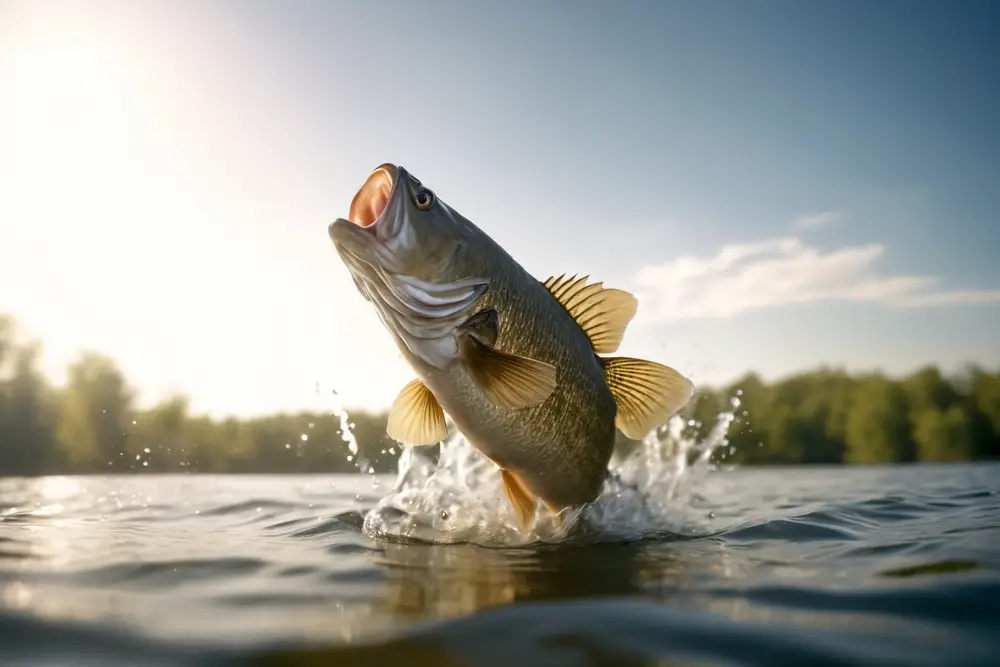
Exploring the Guadalupe River isn’t complete without indulging in the local cuisine. The towns along the river offer a taste of Texas with their unique culinary offerings. From classic barbecue to fresh-caught fish, there’s something to satisfy every palate. Many restaurants use locally-sourced ingredients, supporting the area’s agriculture and economy. Dining by the river provides a relaxing way to enjoy the scenery while savoring a delicious meal.
In addition to traditional Texan fare, you’ll find a variety of international flavors. Food festivals and farmers’ markets showcase the region’s diverse culinary heritage. Whether you’re looking for a quick bite or a gourmet experience, the options are plentiful. Pair your meal with a local brew or wine for a true taste of the area. Discovering the local cuisine is a delightful way to complement your river adventure.
14. Planning Your Visit
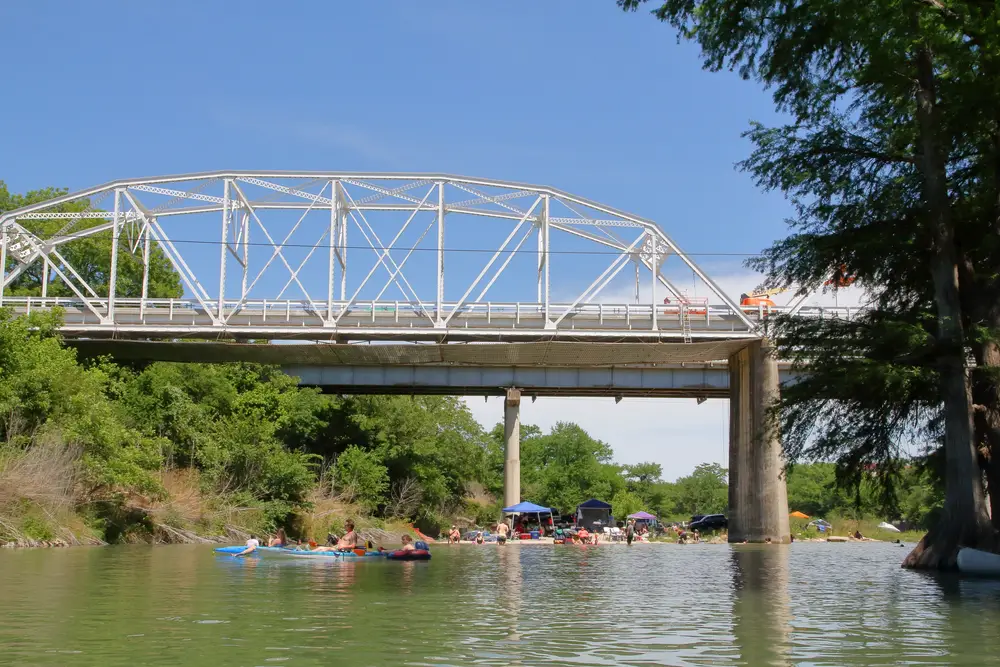
Planning a visit to the Guadalupe River requires a bit of preparation. Start by deciding which activities interest you the most, whether it’s tubing, fishing, or hiking. Research the best times to visit based on your chosen activities and local events. Consider accommodations, as there are numerous campgrounds, cabins, and hotels in the area. Many places offer amenities like equipment rentals and guided tours to enhance your experience.
Before you go, familiarize yourself with local regulations and safety guidelines. This ensures a smooth and enjoyable adventure while respecting the environment and other visitors. Remember to pack accordingly, bringing essentials like sunscreen, water, and appropriate clothing. A little planning goes a long way in making your visit memorable. With these tips in mind, you’re ready to explore the wonders of the Guadalupe River.
